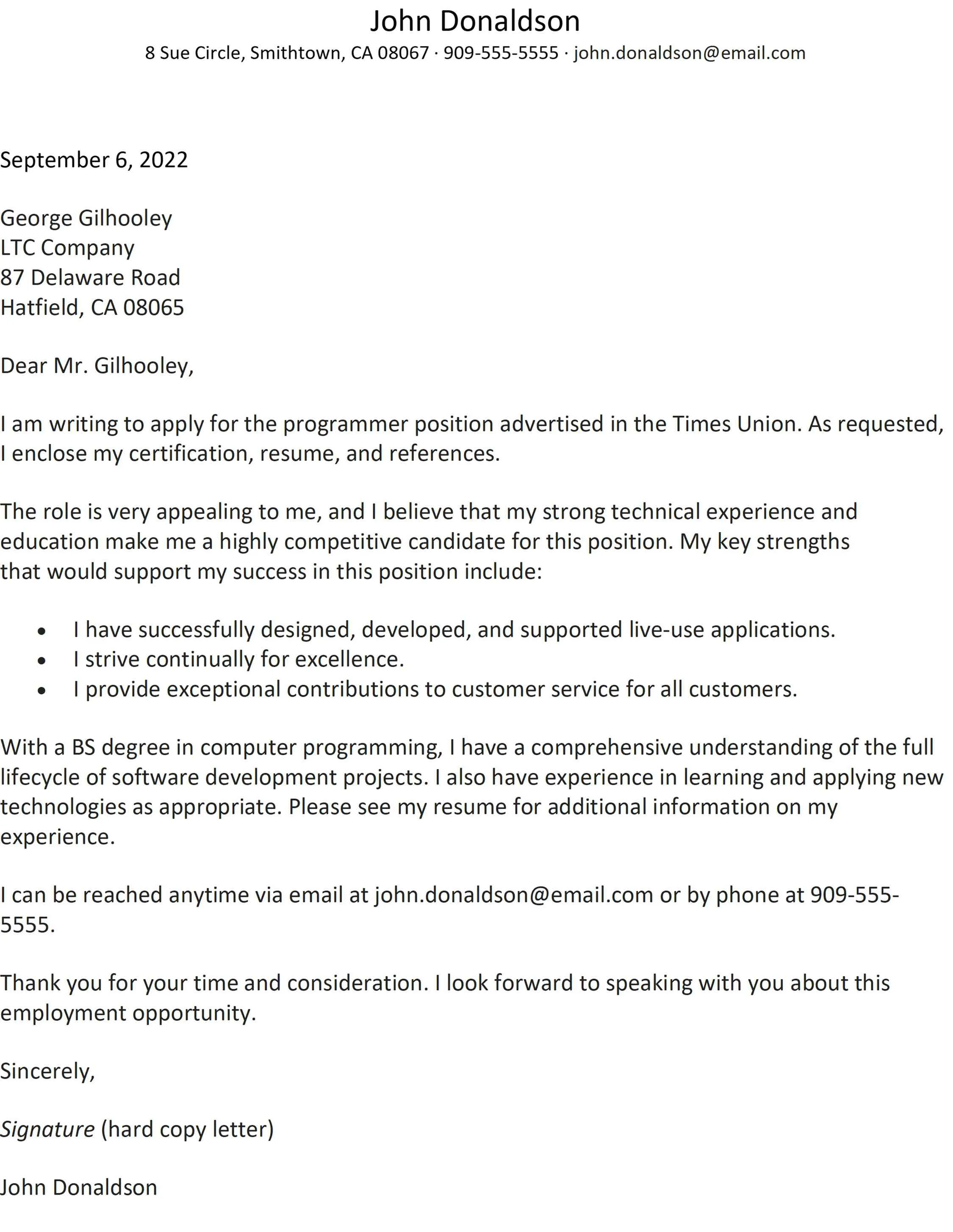What is a Cover Letter
A cover letter is a crucial document that accompanies your resume when applying for a job. It serves as your introduction to a potential employer, providing a glimpse into your personality, skills, and experience. Unlike a resume, which provides a factual account of your background, a cover letter allows you to showcase your enthusiasm for the role and explain why you are the perfect fit for the company. Think of it as your first opportunity to make a strong impression and persuade the hiring manager to read your resume and consider you for an interview. A well-crafted cover letter can significantly increase your chances of landing an interview and ultimately securing your dream job. It demonstrates your communication skills and your genuine interest in the specific opportunity.
The Purpose of a Cover Letter
The primary purpose of a cover letter is to introduce yourself to the hiring manager and highlight the most relevant aspects of your qualifications. It’s a chance to connect your skills and experiences to the specific requirements of the job. A cover letter allows you to provide context to your resume. You can explain how your past experiences align with the job’s needs and articulate your career goals. The letter provides a space to elaborate on specific achievements, projects, or experiences that demonstrate your capabilities, giving you an edge over other applicants. Moreover, it allows you to demonstrate your personality and communication skills. You can convey your enthusiasm, professionalism, and writing ability.
Why is a Cover Letter Important
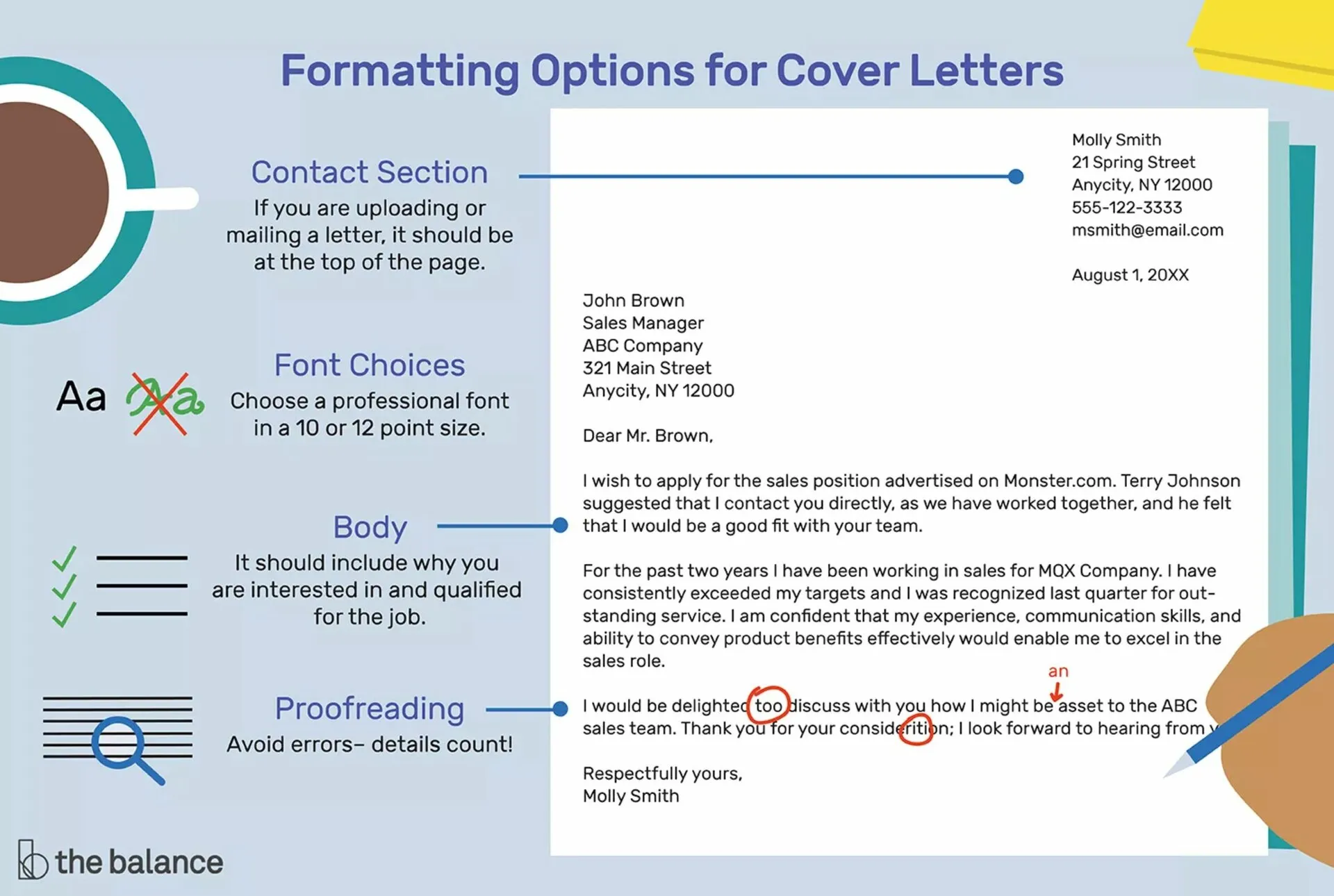
In today’s competitive job market, a cover letter is a critical tool to stand out from the crowd. A well-written cover letter can make a lasting impression and set you apart from other candidates. It allows you to personalize your application and directly address the hiring manager, which shows that you have taken the time to understand the company and the role. It allows you to explain any gaps in your employment history or career transitions. If you’re changing careers or have taken a break from work, a cover letter offers a chance to provide context and reassure the hiring manager. Many employers view a cover letter as an essential part of the application process, often using it as a screening tool to assess communication skills and attention to detail.
Essential Components of a Cover Letter
A successful cover letter includes several key components that work together to create a compelling narrative. These elements work together to create a cohesive and convincing argument for why you should be considered for the job. Structuring your letter correctly and including all the required elements ensures you are conveying a complete professional image.
Your Contact Information
At the top of your cover letter, include your contact information. This includes your name, phone number, email address, and optionally, your LinkedIn profile URL or personal website. Make it easy for the hiring manager to reach you by providing clear and accurate contact details. Ensure the email address you use is professional and appropriate for job applications. Presenting clear contact information will enhance the application process.
Date and Recipient Details
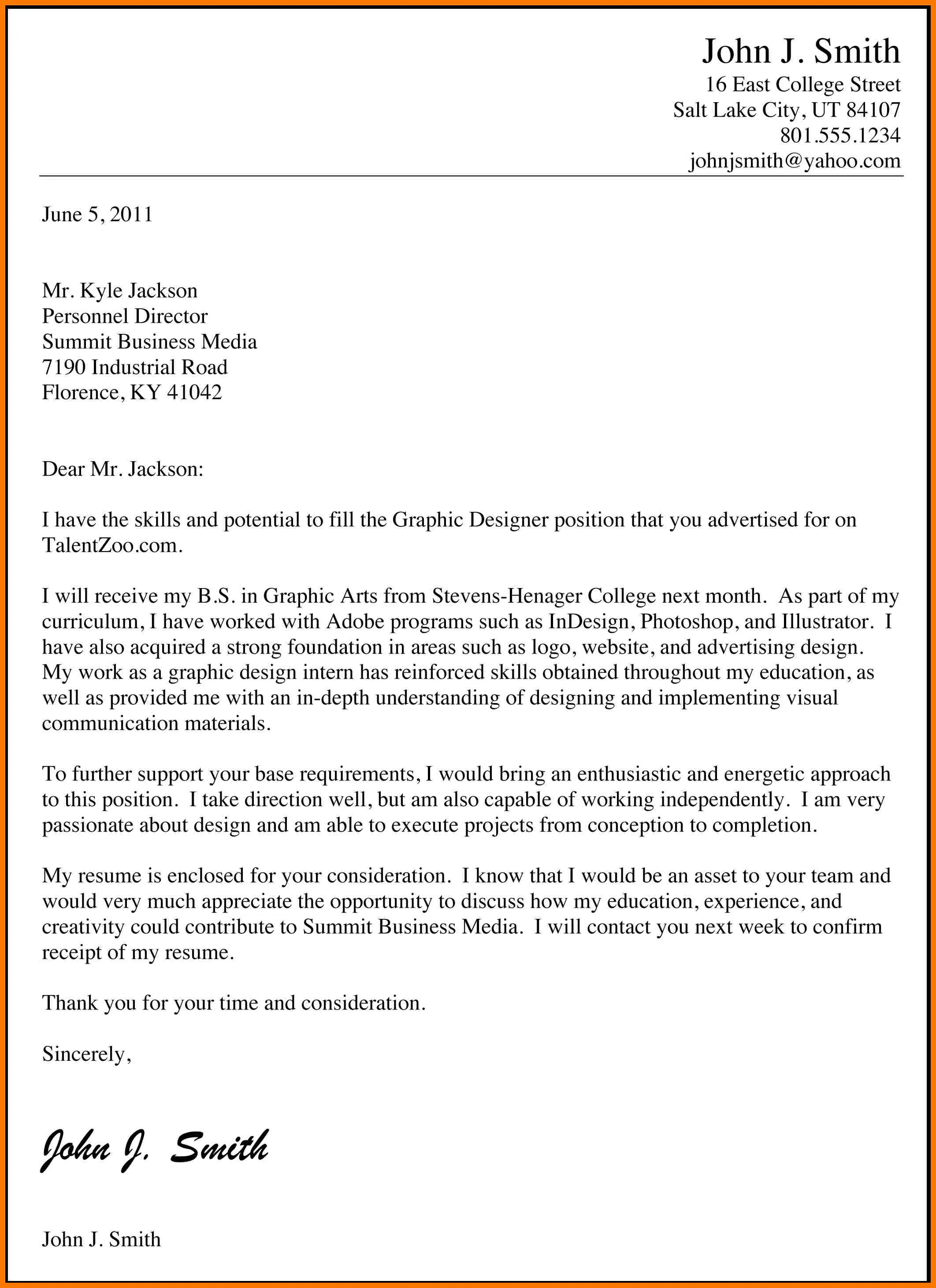
Below your contact information, include the date. Then, add the hiring manager’s name and title, if known, along with the company name and address. If you don’t know the hiring manager’s name, research it on LinkedIn or the company website. If that isn’t possible, use a generic greeting like ‘Dear Hiring Manager.’ Addressing the letter to a specific person shows that you’ve taken the time to research the company and personalize your application. This attention to detail can significantly increase your chances of getting noticed. Proper formatting shows professionalism and attention to detail.
The Salutation
Start your cover letter with a professional salutation. If you know the hiring manager’s name, use ‘Dear Mr./Ms. [Last Name].’ If you don’t know the name, ‘Dear Hiring Manager’ is acceptable. Avoid informal greetings. A good salutation sets the tone for the rest of the letter and shows respect. Using a personalized greeting creates a positive first impression. You can show a proactive approach by trying to find the hiring manager’s name before sending the letter.
Crafting the Introduction
The introduction is your chance to grab the reader’s attention. State the position you are applying for and where you saw the job posting. Briefly mention why you are interested in the role and the company. Keep it concise and engaging, highlighting your most relevant skill or experience. The introduction is a good place to show your enthusiasm and passion for the job. Consider using a hook to capture the reader’s attention. This could be a brief mention of a key achievement or a statement about your career goals that aligns with the company’s values.
Highlighting Your Skills and Experience

In the body of your cover letter, connect your skills and experiences to the job requirements. Refer to the job description and identify the key skills and qualifications the employer is seeking. Provide specific examples from your work history that demonstrate your abilities. Use action verbs to describe your accomplishments and quantify your achievements whenever possible. This section is your opportunity to showcase your value to the potential employer. Demonstrate how your experience aligns with the job description. Provide tangible proof of your successes by using concrete examples from past roles or projects.
Tailoring Your Letter to the Job
Each cover letter should be tailored to the specific job and company. Don’t use a generic template. Research the company and the role to understand the company’s values, mission, and goals. Customize your letter to reflect this understanding and show how your skills align with their needs. Mention the company’s products, services, or recent achievements that interest you. Tailoring your letter shows that you are genuinely interested in the opportunity and invested in the company. Be specific and demonstrate that you have taken the time to understand the job requirements. This personal touch makes your application stand out.
Quantifying Your Achievements
Use numbers and data to illustrate your achievements. Instead of just saying you improved customer satisfaction, mention the percentage increase. Quantifiable results make your accomplishments more impactful and provide concrete evidence of your abilities. Whenever possible, use metrics to demonstrate your impact. For example, if you managed a project, mention the budget, the number of people involved, and the project’s outcome. Data adds credibility to your claims and helps the hiring manager see the value you can bring to the role.
Expressing Your Enthusiasm
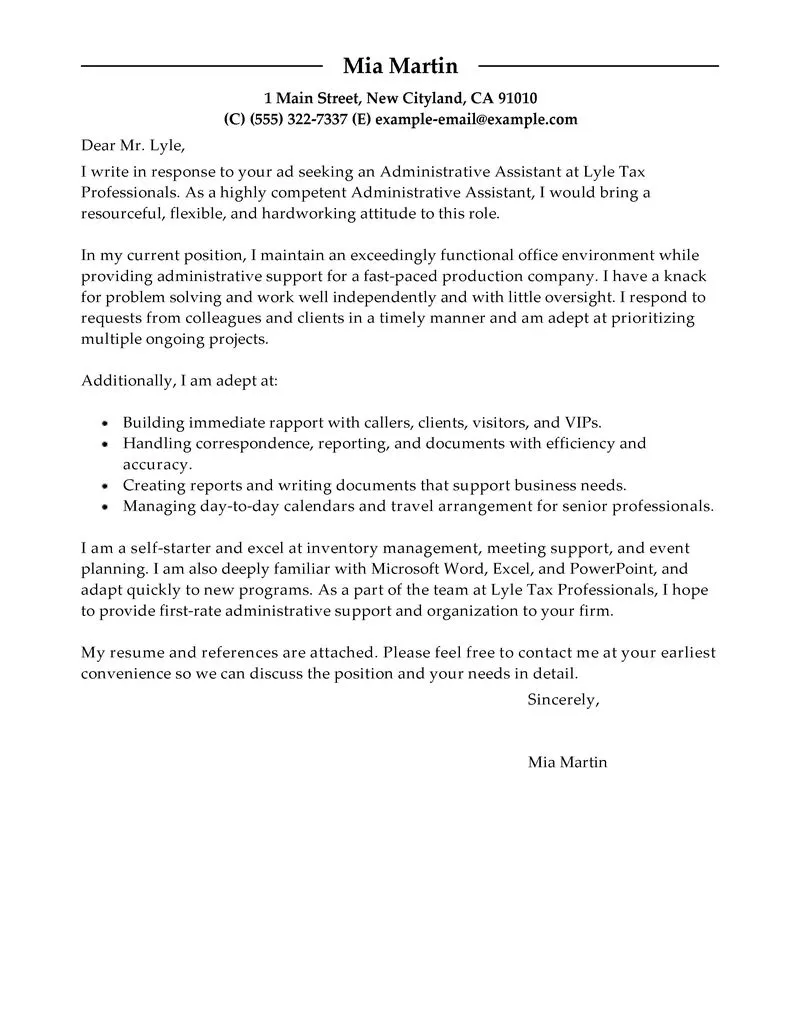
Show your enthusiasm for the role and the company. Explain why you are excited about this opportunity and what you hope to achieve. Demonstrate your understanding of the company’s mission and values and explain how you align with them. Expressing genuine enthusiasm increases your chances of making a positive impression. If you’ve followed the company’s work or admired their products, mention it briefly. This personal touch helps the hiring manager see that you have taken the time to understand the company.
The Closing
In your closing paragraph, reiterate your interest in the position and thank the hiring manager for their time and consideration. Include a call to action, such as expressing your eagerness to discuss your qualifications further in an interview. End with a professional closing, such as ‘Sincerely’ or ‘Best regards,’ followed by your name. A strong closing leaves a lasting impression and encourages the hiring manager to take the next step. Reiterate your interest and thank the hiring manager for their time. Make sure to proofread the entire cover letter for any errors before sending.
Formatting and Style Tips
The formatting and style of your cover letter are crucial to making a good impression. A well-formatted cover letter is easy to read and demonstrates your professionalism. Pay attention to the layout, font, length, and overall presentation of the document. Ensure a clear and professional design to capture the reader’s attention. These elements help make your letter both easy to read and visually appealing.
Font and Readability
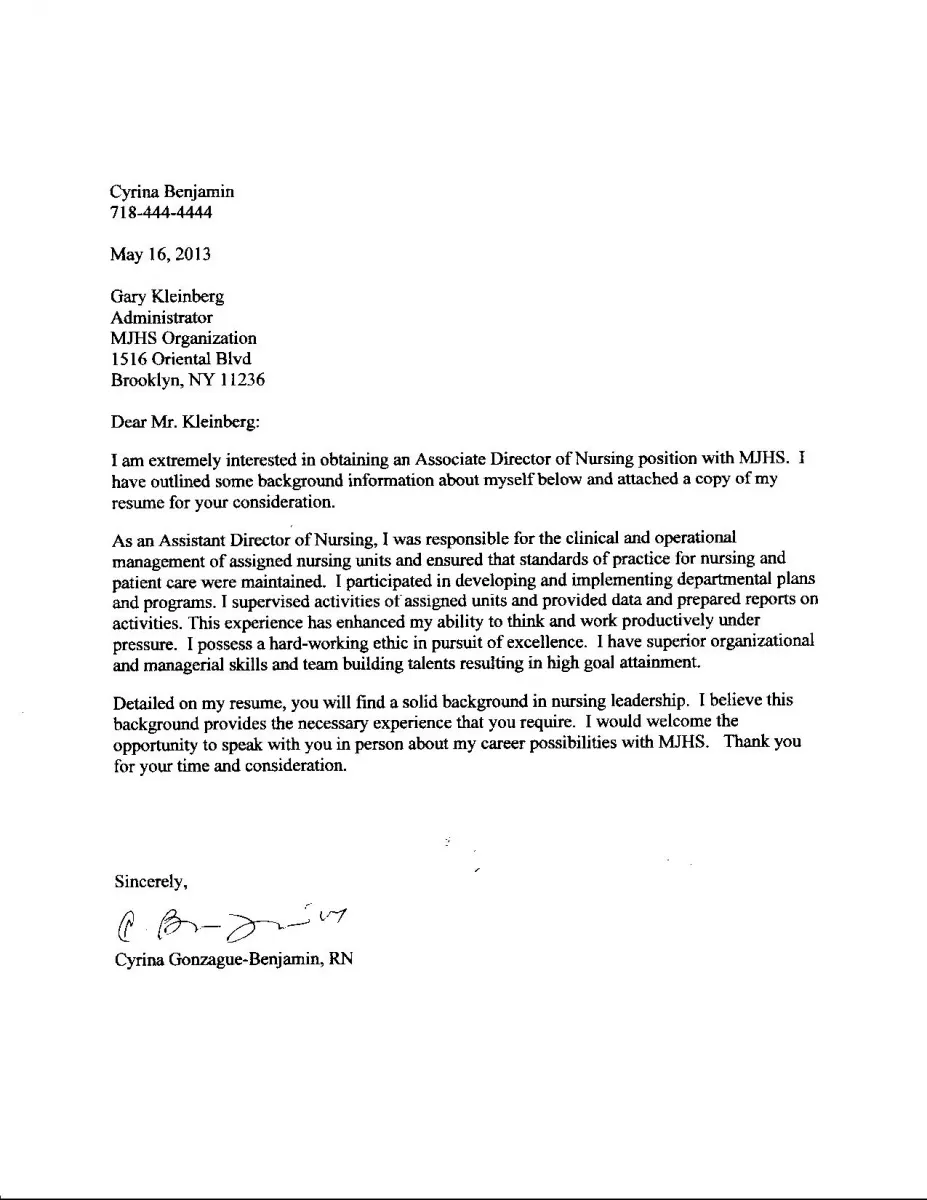
Choose a professional and easy-to-read font, such as Times New Roman, Arial, or Calibri. Use a font size between 10 and 12 points. Ensure consistent formatting throughout the letter. Use clear headings and subheadings to break up the text and make it easier to scan. Proper font choice and readability are essential for making a positive impression. Stick to clean, classic fonts that are easy to read. Avoid overly fancy fonts that can distract the reader.
Length and Structure
Keep your cover letter concise, typically no longer than one page. Use a clear and logical structure with a brief introduction, body paragraphs that highlight your skills and experience, and a concise closing. Each paragraph should focus on a specific point and be well-organized. A well-structured letter shows that you can communicate effectively. Structure your letter with the most important information at the beginning. Use bullet points to break up long paragraphs and highlight key achievements. Maintain a professional tone throughout the letter.
Proofreading and Editing
Proofread your cover letter carefully for any grammatical errors, typos, or inconsistencies. Have someone else review it as well. Errors can create a negative impression and undermine your credibility. Proper proofreading is essential to ensure that your message is clear and professional. Use spell-check and grammar-check tools, but also read the letter carefully yourself. A second set of eyes can help catch mistakes you might have missed. Ensure the tone is professional and consistent throughout the letter. Avoid using slang or informal language.
Cover Letter Examples and Templates
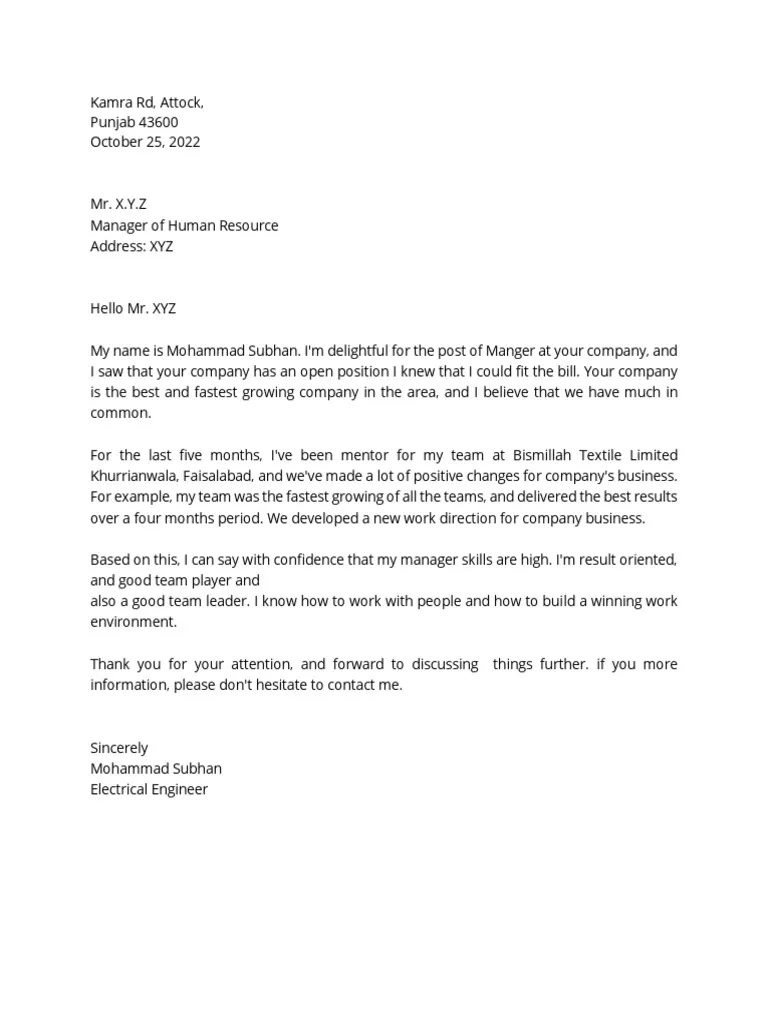
Reviewing examples and templates can provide inspiration and guidance when writing your cover letter. However, remember to adapt them to fit your specific skills and the job you are applying for. Using templates effectively can help you organize your thoughts and format your letter correctly. Adapt any template you use to match your personal style and experiences.
Where to Find Examples
Many websites offer cover letter examples and templates. Websites like Indeed, LinkedIn, and Resume.io provide a wide range of examples tailored to different industries and job roles. Use these resources to get ideas on how to structure your letter and highlight your skills. Explore various examples to find a style that suits your personality and career goals. Websites dedicated to career advice and job searching are excellent resources. When using examples, remember to customize them to reflect your unique experiences.
Adapting Templates for Your Needs
When using a template, customize it to match your skills and the specific job. Don’t just copy and paste the content; adapt it. Replace generic phrases with your own experiences and accomplishments. Tailor the template to match the job description. This will show the hiring manager that you have a genuine interest in the role. Add details from your resume to create a strong, personalized cover letter. Make the template your own by adding a personal touch.
Common Mistakes to Avoid
Avoid common mistakes that can undermine your cover letter and reduce your chances of getting an interview. Paying attention to these pitfalls will help you write a compelling cover letter that stands out. Common mistakes can create a negative impression and reduce the effectiveness of your application.
Generic Content
Avoid using generic language that could apply to any job. Tailor your cover letter to the specific role and company. Show that you have researched the company and understand its needs. Avoid using a generic cover letter that doesn’t address the specific requirements of the job. Instead of stating general skills, provide examples of how you used those skills in previous roles. Highlighting specific experiences will make your letter more compelling.
Typos and Grammatical Errors
Carelessly written cover letters with typos and grammatical errors can immediately disqualify you. Proofread your cover letter carefully, and have someone else review it. Errors create a negative impression and show a lack of attention to detail. Always use spell-check and grammar-check tools, but also read the letter carefully yourself. A second pair of eyes is extremely helpful. Proofreading and attention to detail are crucial for creating a positive impression.
Not Tailoring to the Job
Failing to tailor your cover letter to the specific job is a common mistake. Each cover letter should be customized for the role and company you are applying to. Refer to the job description and highlight how your skills and experience match the requirements. Take the time to understand the company’s culture and values. Tailor your letter to reflect your understanding of the job. Customization shows the hiring manager that you have taken the time to understand the job and are a good fit.
